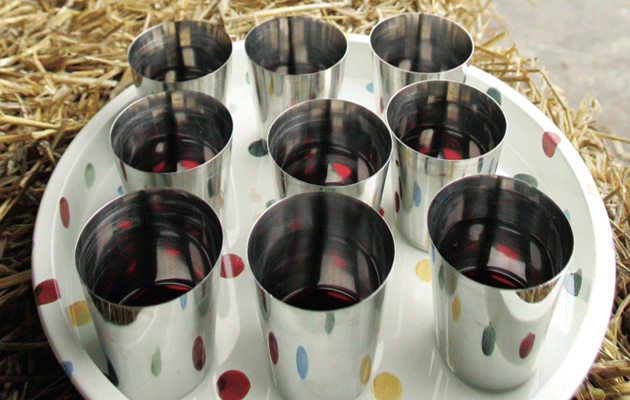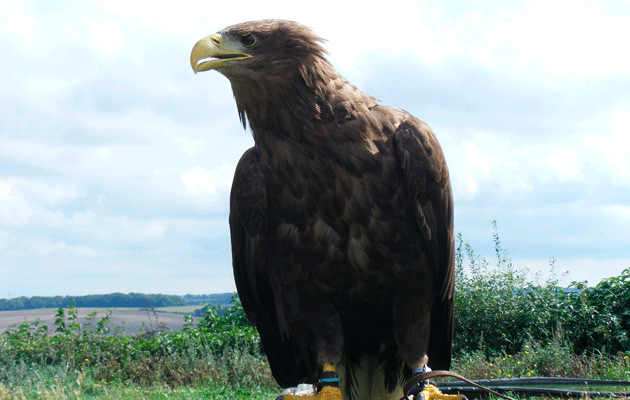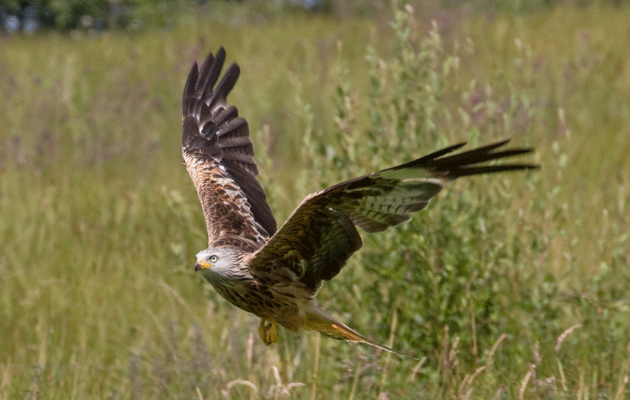Time to get youngsters into shooting
To emphasise that a viable future for all fieldsports is largely dependent on the youth of today may appear to be yet another platitude, easily dispensed and quickly forgotten. Yet the fact remains that, unless we can engage the understanding, sympathy and practical co-operation of the young, the future for fieldsports is bleak.
Today, society in Britain is largely urban-based and, despite the best and most earnest efforts of county Wildlife Trusts and the many other organisations seeking to promote aspects of the countryside, the gulf between town and country appears wider than ever. Sadly, due almost entirely to a lack of affordable housing and financial difficulties in rural areas, an imbalance has been struck, resulting in a two-way migration. The wealthy, who can afford to indulge in second homes and country cottage fantasies, have replaced the young, who can no longer afford to enjoy the far better quality of life in the countryside, but have been forced to move to urban areas to earn a living.
On the one hand, rural areas are being deprived of an indigenous population that has been brought up in the traditions of the countryside, to be replaced by erstwhile urban migrants who, in many cases, neither understand nor appreciate how the countryside works and the part played by fieldsports.
I live on the fringe of a small South Somerset village, whose population consists largely of the elderly and retired. There is a handful of families with school-age children, but they are few and far between. Next door to my house lies a second home, acquired by a Londoner who visits perhaps once or twice every quarter, dislikes fieldsports and has no truck with the local community. For three-quarters of the year the house lies empty.
A river and its tributaries, holding small trout, minnows and sticklebacks, winds through the valley, the fields and hedges are alive with rabbits and wild and natural life is still relatively abundant. Yet never, today, does one see a small boy carrying a jar of minnows, tadpoles or newts or betraying any interest in the bird or animal life which surrounds us. I can recall those distant days when, despite living in what we would now consider suburbs, I had the freedom of an extensive common and heathland, dotted with pools from which I extracted newts caught on worms, hunted grey squirrels with a bow and tried to snare rabbits with notable lack of success.
Television was still in its black-and-white infancy and the technology so readily available today to the young simply did not exist. Children in those days, if they lived in, or had access to, the countryside were able to engage in a wide variety of rural pursuits or forays, especially if they were fortunate enough to have parents or mentors to guide and encourage them. Of course, we were politically incorrect in todays terms, for now the law, quite rightly, proscribes such activities as bird nesting and egg collecting, while even butterfly and moth collecting is no longer PC, but as children we were fortunate enough to be able to entertain ourselves with a variety of country and wildlife activities.
Of course, there are still today fortunate youngsters who can engage with the countryside and its fieldsports through the encouragement and assistance of parents who themselves shoot, hunt or fish, but they are in a tiny minority when compared with the hundreds of thousands of children condemned to be raised in cities and sprawling towns.
And yes, before they raise their hackles and hit the email button, let me commend the stalwart and energetic efforts of the Countryside Alliance and BASC to support country youth and educate city children to the realities and benefits of the countryside and a rural way of life.
In August, the Countryside Alliance launched its Shooting Stars project, a campaign to support and promote to the media a wide range of young people aged between 16 and 30 who are working in some aspect of the shooting industry, a sector now worth £1.6billion to the UK economy and which supports 70,000 jobs. At the same time, BASC has been actively promoting its Young Shots campaign, aimed at encouraging youngsters to take part in well-managed and controlled shooting activities. In addition, the BASC team has given more than 3,000 city children from London and Essex the opportunity to see and explore aspects of the countryside which they would normally never be able to realise.
We can sit back and offer thanks that the Countryside Alliance and BASC have taken up youth education on our behalf, but perhaps those of us fortunate enough to have access to the countryside through shoots, stalking, fishing and certainly hunting could do even more to show and explain to urban-based and country children alike the facts of rural life and the important role played by fieldsports.
Lets hear from shoots, private and commercial, which might be willing to offer an educational day, or some form of assistance, to help show youngsters why shooting has so much to offer, not only as a sport but as a means of learning about the countryside and its wildlife. The future of our sport depends on the young of today, a fact we cannot afford to neglect.








